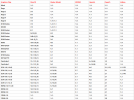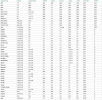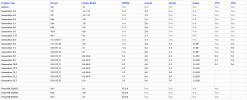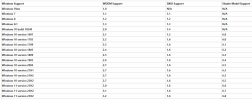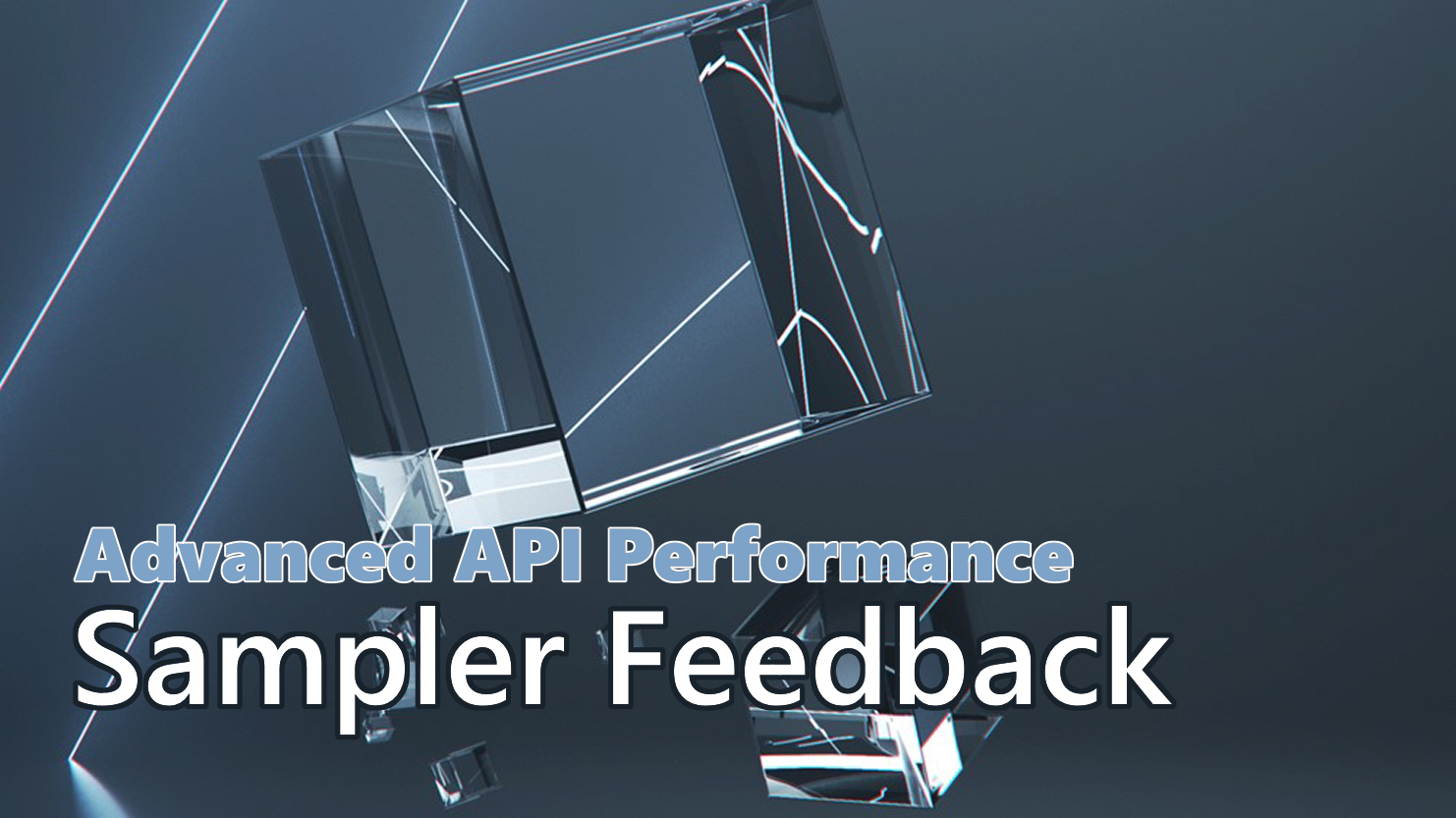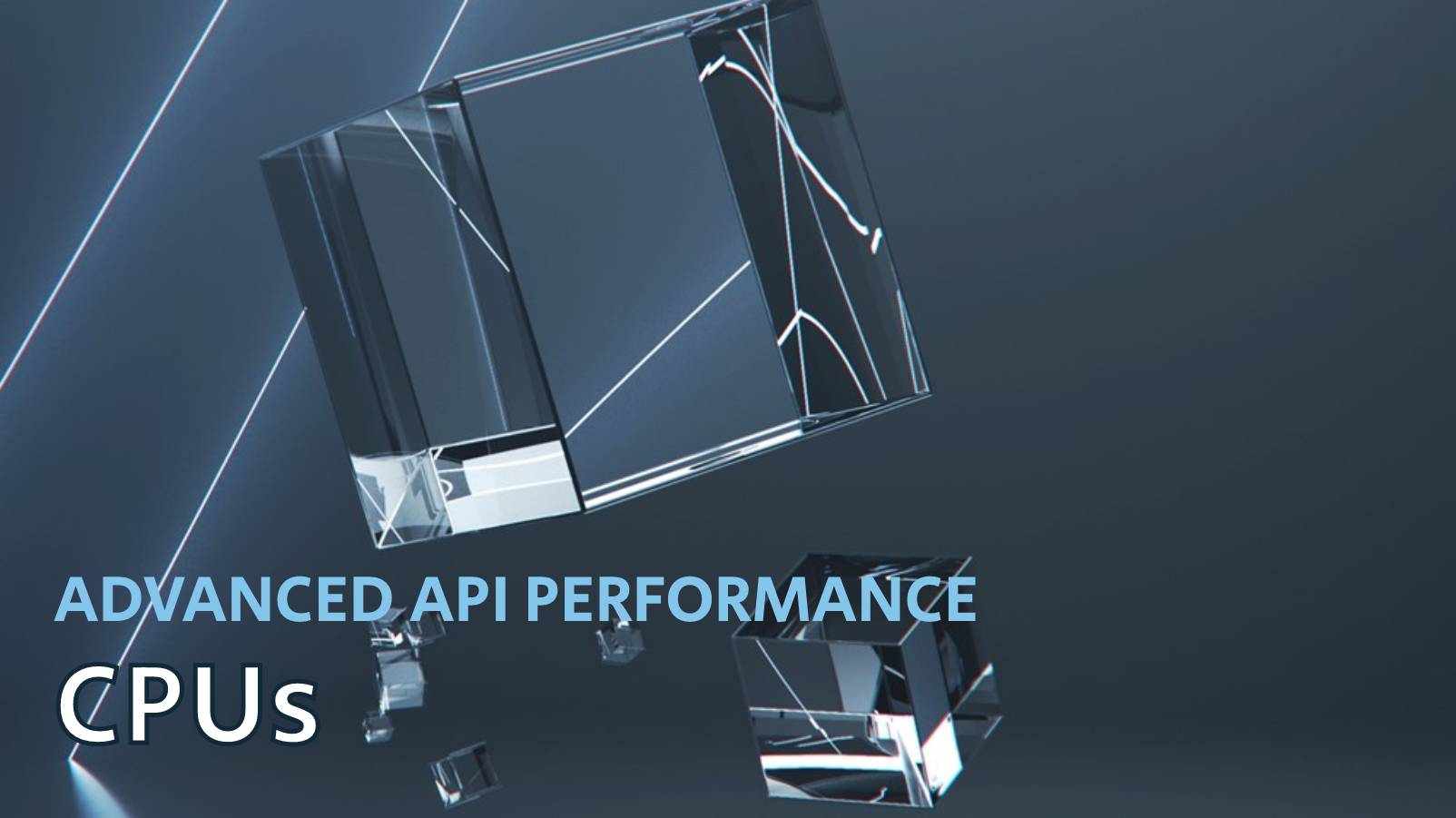DmitryKo
Veteran
If you read the DirectStorage 1.1 and GDeflate announcement blog post, it looks like Intel UHD/Arc drivers are currently the only ones to support custom GDeflate decompression.
NVidia maintains the open-source nvcomp CUDA library which supports LZ77, Deflate (PKZIP), GDeflate, zStandard etc., but they will likely have a custom WDDM driver path as well.
AMD Radeon RX would probably rely on the DirectCompute fallback, judging by the carefull language we all know too well.
NVidia maintains the open-source nvcomp CUDA library which supports LZ77, Deflate (PKZIP), GDeflate, zStandard etc., but they will likely have a custom WDDM driver path as well.
AMD Radeon RX would probably rely on the DirectCompute fallback, judging by the carefull language we all know too well.
GDeflate provides a new GPU decompression format that all hardware vendors can support and optimize for. Microsoft is working with key partners like AMD, Intel, and NVIDIA to provide drivers tailored for this format. “Intel is excited to release drivers co-engineered with Microsoft to work seamlessly with the DirectStorage Runtime to bring optimized GPU decompression capabilities to game developers!” said Murali Ramadoss, Intel Fellow and GM of GPU Software Architecture. <...> Hardware vendors may begin releasing drivers for DirectStorage 1.1 in the weeks before our release. <...> “DirectStorage 1.1 with GPU decompression will enable developers to unleash their creativity, delivering more detailed and visually stunning worlds,” said Scott Herkelman, senior vice president and general manager, Graphics Business Unit at AMD. “We have worked closely with Microsoft to ensure the best possible experience on AMD devices and platforms.” If these drivers are not present, DirectStorage will fall back to an optimized DirectCompute implementation. Developers who plan to experiment with the next version of DirectStorage should keep an eye out for new and improved drivers.

